One woman’s long journey to a von Willebrand disease diagnosis
Despite her early symptoms, Heidi Bentz wasn't diagnosed until age 50
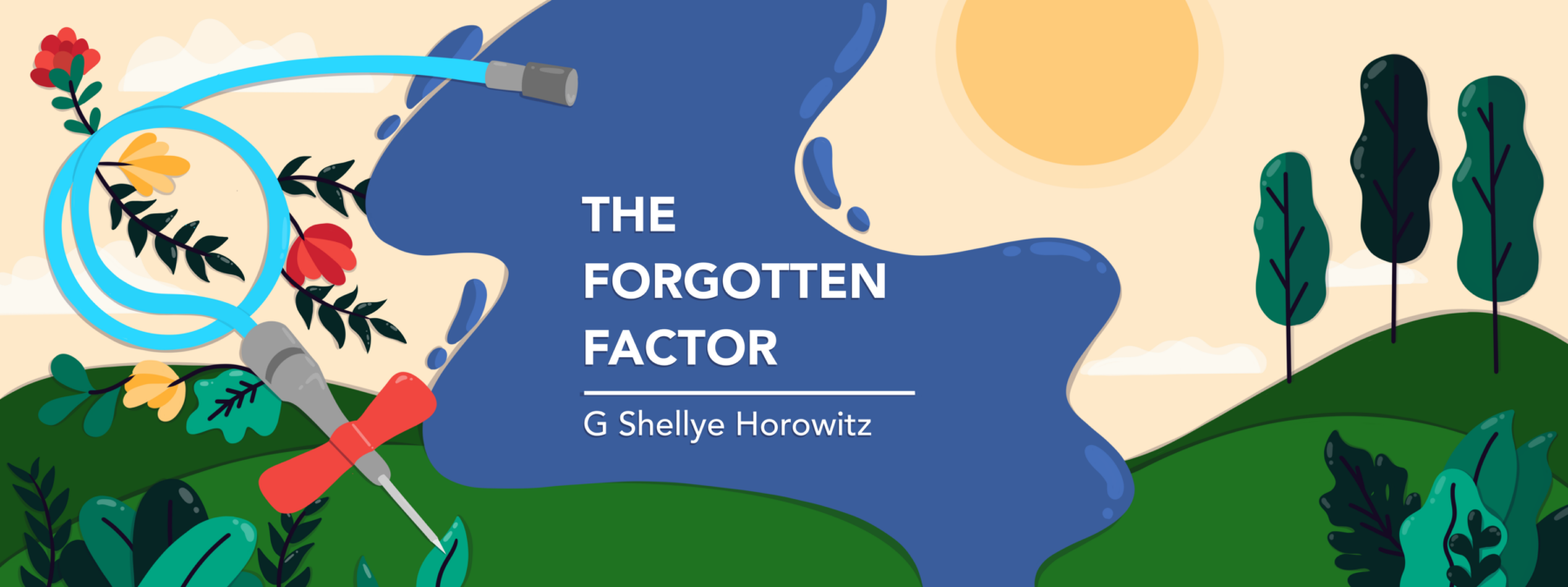
Sixteen years from symptoms to diagnosis. This statistic is quoted incessantly among women with bleeding disorders, describing the treacherous diagnostic journey we often endure. But what many don’t realize is that this figure came from one study of 75 women diagnosed with von Willebrand disease (VWD) who were registered at hemophilia treatment centers. The results were likely skewed, as these were women who had received a diagnosis. Many never do, and others receive one only after decades.
Heidi Bentz is familiar with delayed care; her journey to diagnosis was more than three times as long as the statistic from the study. Recently, I had the pleasure of chatting with Bentz via email about the long road to learning she had a bleeding disorder. I asked her about growing up undiagnosed and how her view of the past changed when she finally got answers.
“My parents’ philosophy toward any physical [challenge] was to pay it no mind,” Bentz said. “They minimized their own pain, ignored their hematomas, goose eggs, and bruising, acting as though this was normal. So I thought it was normal.”
If their own bleeding tendencies were all they knew, Bentz’ parents likely believed it was normal. This widespread misunderstanding of “normal” bleeding is a common reason bleeding disorders are missed.
Growing up, Bentz had undiagnosed hypermobility, endometriosis, and a bleeding disorder. “It was psychologically as well as physically taxing to have my injuries minimized or ignored,” she said. “I was trained that ‘toughing it out’ was preferable to giving any attention to my symptoms.”
Internalizing blame
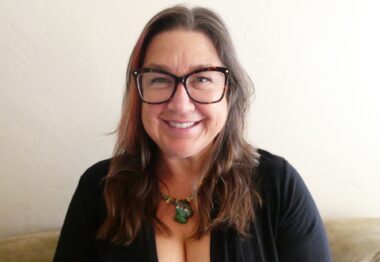
Heidi Bentz was diagnosed with von Willebrand disease at age 50. (Courtesy of Heidi Bentz)
For Bentz, childhood included being called a “klutz” and spending too much time injured and recovering from wounds. She often used crutches and slings, as she was slow to recover from her many accidents.
“I began to internalize the idea that I was uncoordinated, slow to heal, and weaker than others,” she said. Bentz began to distrust her own instincts about what was happening in her body.
“Looking back, I wish I could tell myself it wasn’t something I could control or change,” she said. “Had I been diagnosed, it would have saved time in recovery. I did the very best with the body I was given. I praise my younger self for how tough she was to deal with it all and carry on living as an active girl.”
Curious if the 16-year statistic applied to her, I asked at what age she was diagnosed. “Endometriosis at 45, hypermobility at 46. I was 50 when I was FINALLY diagnosed and treated for von Willebrand disease,” she said.
VWD is the most common bleeding disorder, yet it’s not well understood or known. As a result, many healthcare providers miss the diagnosis.
“Each diagnosis has been a blessing, physically and psychologically,” Bentz said. “My chronic anemia was treated, I was offered and jumped at the chance to have a hysterectomy. It was easier to recover from surgery after [my] VWD diagnosis because I was receiving blood [clotting] products! Now, when I injure myself, I am treated in the ER for the bleeding disorder and the injury itself. I feel normal for the first time in my life.”
Community connections
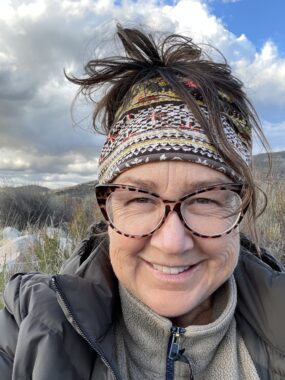
Bentz is grateful to have found her community. (Courtesy of Heidi Bentz)
Connecting with the bleeding disorders community is paramount for many after diagnosis. Bentz related her experience at community events.
“I wept. Being around other people who understood was validating. Many had [fought] for their diagnoses and treatment options. My symptoms had been ignored my whole life by my parents, family, and every medical professional. I wasn’t crazy seeking help for decades. I met women with stories like mine, and everyone was compassionate and strong. People with bleeding disorders are determined to live life to the fullest. We see each other not as defective or weak, but as warriors.”
Looking back, Bentz said she wouldn’t do anything differently. “I did everything I should have: stayed physically active, practiced healthy life habits, and persisted in seeking answers. I did research, clearly explained my symptoms to a plethora of medical professionals, and never gave up seeking [a] diagnosis,” she told me.
Offering advice to women struggling, Bentz said, “You’re not a freak. You’re not alone. Keep pushing for answers until you get the treatment you need. I’d give her a hug and space to cry. This is hard. I’d also give her praise as a warrior who’s fighting for her health.”
We often come away from life challenges with wisdom. Bentz said, “Every day, I thank God for all the things that have gone right in my life, enjoying every positive moment. I don’t focus on things that don’t bring me joy. This journey is exhausting. [Life would be] more exhausting if I focused on pain, challenges, and gaslighting. I delight in every victory, every beautiful moment, and focus on what I have done right. This serves my highest joy. No regrets. Attitude truly is everything.”
Note: Hemophilia News Today is strictly a news and information website about the disease. It does not provide medical advice, diagnosis, or treatment. This content is not intended to be a substitute for professional medical advice, diagnosis, or treatment. Always seek the advice of your physician or another qualified health provider with any questions you may have regarding a medical condition. Never disregard professional medical advice or delay in seeking it because of something you have read on this website. The opinions expressed in this column are not those of Hemophilia News Today or its parent company, Bionews, and are intended to spark discussion about issues pertaining to hemophilia.





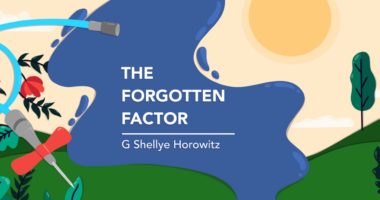
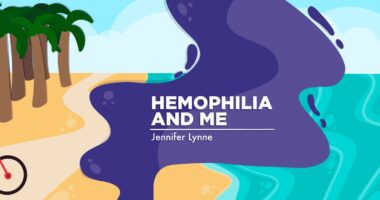
Leave a comment
Fill in the required fields to post. Your email address will not be published.